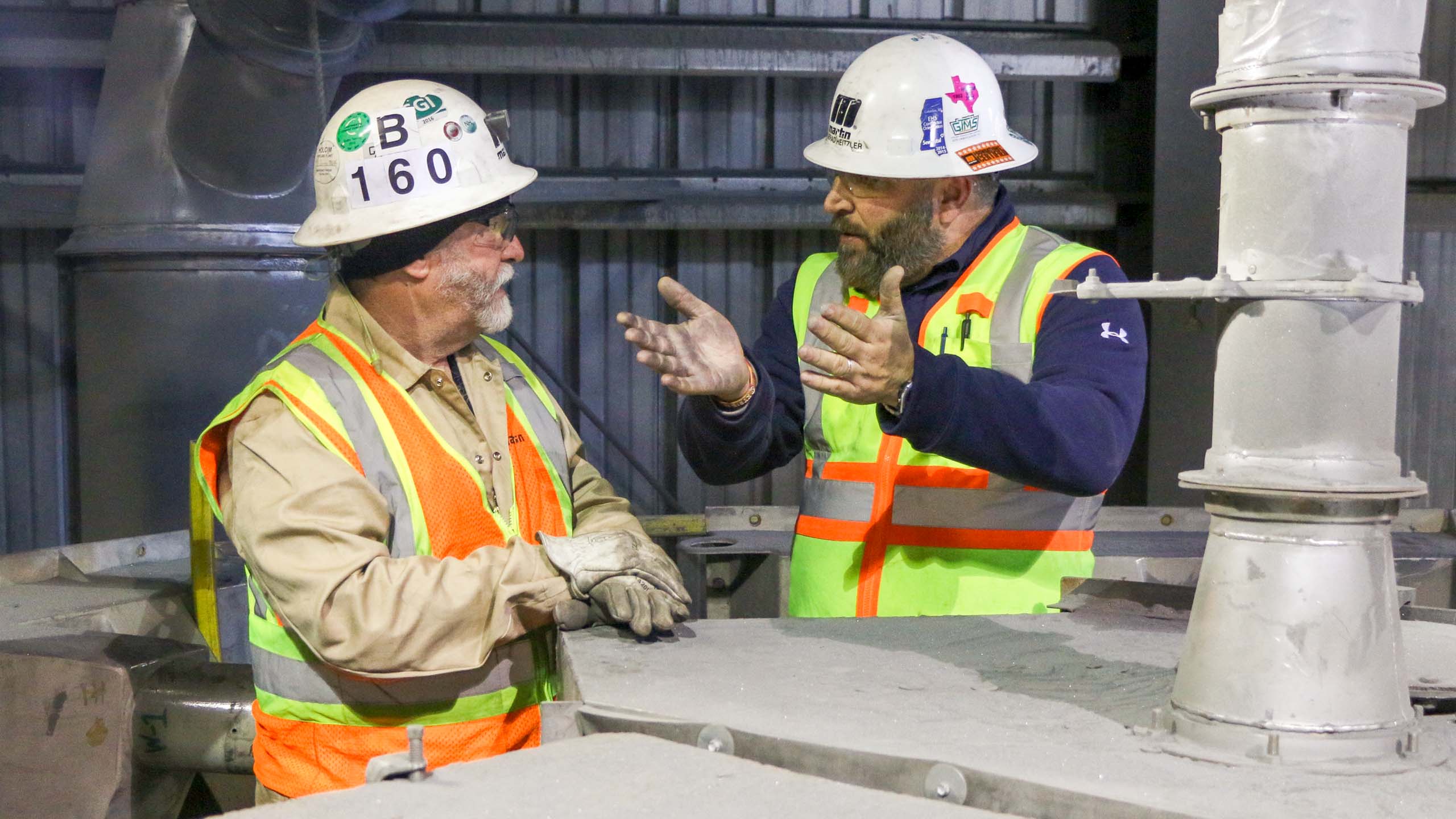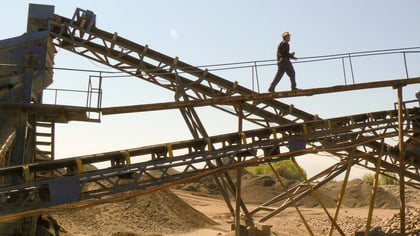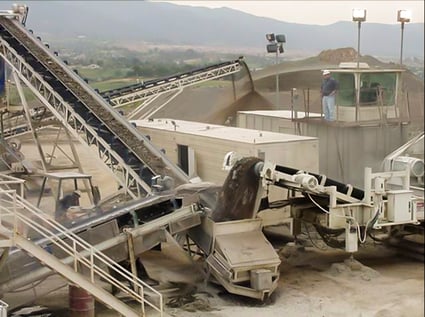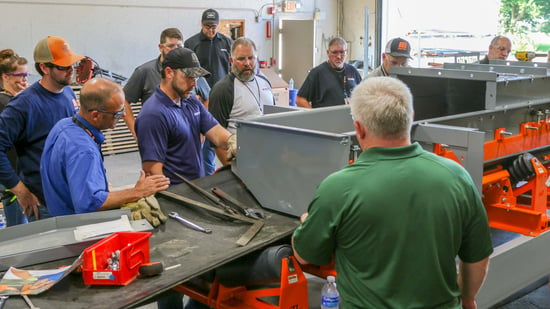By Seth Mercer on Jan 28, 2022 10:38:08 AM
Many “old salts” will proudly punctuate the ageless wisdom they’ve just bestowed upon those obviously "handicapped" by their relative youth and lack of worldly knowledge with a familiar and unassuming phrase: “And that’s just the way it’s always been done!”
Accentuated with a hearty slap on the back and gruff chuckle.
 These “rules of thumb” or “tricks of the trade” become woven into the daily fabric of our operations and seem to be reliable truths forged from time and experience. They serve as tried and true methodologies with which to navigate the many tasks and challenges that each new day brings.
These “rules of thumb” or “tricks of the trade” become woven into the daily fabric of our operations and seem to be reliable truths forged from time and experience. They serve as tried and true methodologies with which to navigate the many tasks and challenges that each new day brings.
However, we all know that the only constant each new day brings is change and as such, the methods we use to get our jobs done must adapt along with the jobs themselves.
Conveyor systems are being run faster, more continuously, and with greater loads than ever before. An efficient system is a productive and profitable system. The more material we can move in a shorter period of time, the further ahead we get…until the system fails under the burden. With each new day and each new load, these systems slowly continue to wear down under the routine operating stresses applied to them.
This is why we need to be mindful of those long-standing rules of thumb. In their time they can be very useful, but as time goes on and operations evolve those tips and tricks can lose their relevance. One useful way to evaluate this logic is to ask a simple question: “If these tricks, tips, and rules are proven to resolve common conveyor problems, why do we still struggle with plugged chutes, belt damage, dust, and material spillage?”
As many old salts ride off into the sunset, the next generation of operators and maintenance personnel have a need for training and knowledge that will help them avoid their own inefficient trial and error as well as the pitfalls that may come with worn-out rules of thumb.
Two paths become clear; react to the changing conditions and challenges around us or get proactive and seek to understand how to better manage the systems we rely on so that they work for us instead of against us. Or perhaps worse yet, us working for the conveyors by manually shoveling material, knocking idlers, dislodging chutes, and so forth.
One long-standing axiom that may be useful to hang on to is this; “If you think education is expensive, try lack of knowledge.”
For a closer look at four specific topics—conveyor design, material size, skirtboards, and belt tracking— where our well-established rules of thumb tend to fail us,  written by R. Todd Swinderman, PE.
written by R. Todd Swinderman, PE.








comments